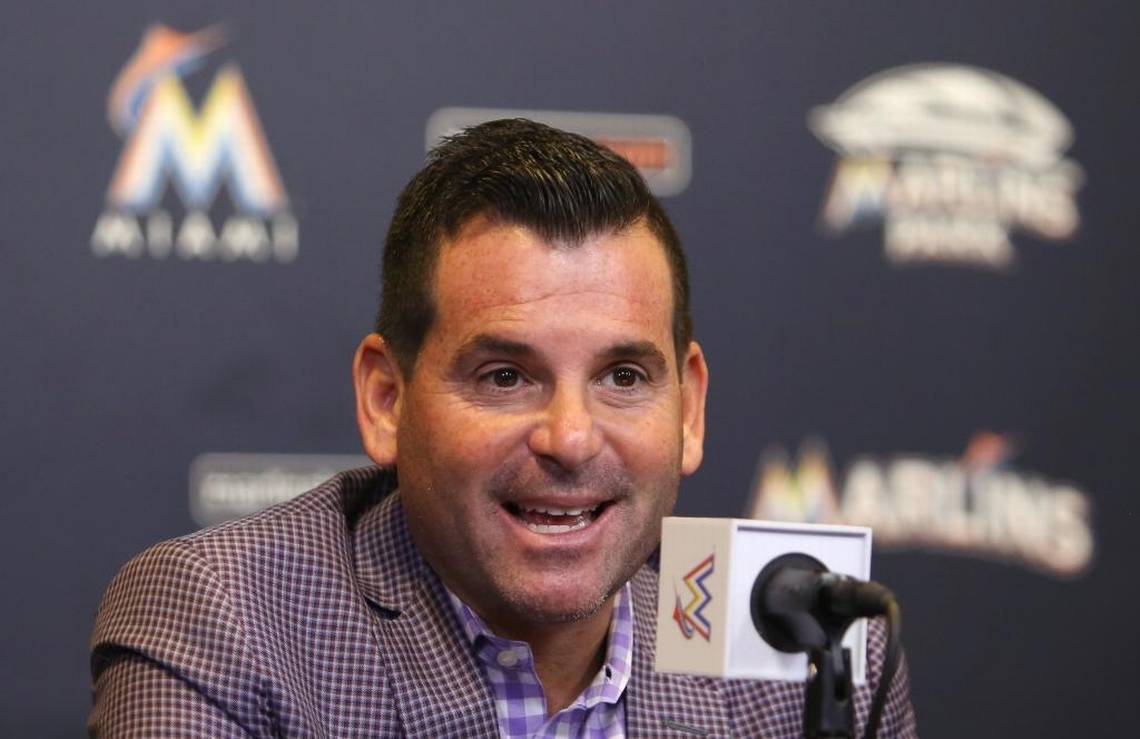

Just like any other player, David Samson says that a lockout for MLB is certain to occur in 2026, “in any event.” The present collective bargaining agreement terminates with the winter meetings at the end of 2026, and the owners are as divided as ever regarding what they want in a new pact, which, of course, adds a layer of complexity to negotiations with the players.
Watch What’s Trending Now!
Internal discord among owners hinders all progress and delays resolution. As matters worsen, the owners resort to locking the players out to leverage the negotiations back on. The longer the delay, the longer the players are out for another push in negotiations. David foresees a lengthy lockout, lasting at least four months and possibly leading to the postponement of the start of the 2027 season until at least May.
Samson details the several economic questions that underlie the lockout. The basic relativity of one of these problems is that players are mistaken in their perception of the economic power of the sport; they expect salaries on a basis that reflects revenues of some bygone era, whereas the business is generating less money than they think they do. This disconnect generates an economic disparity that can no longer continue and that will have to be resolved through a very harsh stoppage.
ADVERTISEMENT
He mentions the irony brought forward, that the tremendous money guaranteed to Ohtani for eighteen years alone basically locks up a huge percentage of team payroll for many years to come. On the other hand, besides the lockout and the discussion of individual players’ salaries, there are also bigger issues to be solved—things such as minimum salaries, team payroll caps, and how revenue is shared among teams, many of which are enormous given the disparity in financial means of the said teams.
David Samson highlights economic and structural challenges fueling the 2026 MLB Lockout
National revenues have once more been a controversial factor. The revenue streams, especially the local TV revenues from Regional Sports Networks (RSNs), which are struggling, are now uncertain. National TV revenue is expected to increase, but is still not predictable, making it difficult for the buyers and owners to value the teams accurately, as has been the case with the ongoing negotiation for the sale of the Minnesota Twins.
ADVERTISEMENT
The sale is already delayed partly due to the prospective buyers factoring in the expected lockout and the resultant wave of disrupted revenues in 2027 and thus making offers below what the owners want. Besides this, the issue of season length is highly contentious, Samson states.
ADVERTISEMENT

The owners have resisted shortening the length of the season from 162 to 154 games, since that would mean losing home games, and a vast portion of revenue is generated through “home-based activities,” especially for Teams like the Yankees Model, where ticket and game-day revenues are far higher than for smaller-market teams.
ADVERTISEMENT
On the other side, the players would not take any salary reductions proportionate to fewer games; rather, they wanted to be paid in full for less work, which Samson refers to as unreasonable.
Top Stories
Blue Jays’ Kyle Tucker–Bo Bichette Push Turns Toronto’s Mockery Into AL East Nightmare as Yankees Face New Threat

Blue Jays to Show Exit Door to 3 Playoff Stars as Ross Atkins Plans Major Changes: MLB Winter Meeting Rumors

Wild Francisco Lindor Trade Idea Surfaces After Former Mets GM Hints $341M Star Wants to Leave

Francisco Lindor’s Future in Limbo as Mets Owner Breaks Silence After Pete Alonso Exit

Vladimir Guerrero Jr Shoots His Shot at Kyle Tucker as Blue Jays Manager Gets Real on Clubhouse Visit

In summary, David Samson believes the 2026 MLB lockout is inevitable due to unresolved conflicts among owners themselves and between owners and players regarding economic realities, revenue distribution, salary structures, and season length. The lockout is likely to endure, postponing the start of the 2027 season and exposing deeper economic and structural issues confronting MLB.
ADVERTISEMENT
ADVERTISEMENT
ADVERTISEMENT

